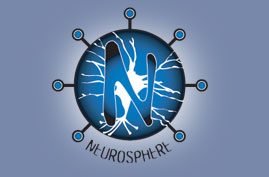Group Mind Detecting Threats
The World Right Now
Bruce Schneir likes this one – “This program has a lot of features I like in security systems: it’s dynamic, it’s distributed, it relies on trained people paying attention and it’s not focused on a specific threat.”
“Highway Watch® participants – transportation infrastructure construction, maintenance and operations personnel workers, commercial and public truck and bus driverstruck drivers, transit personnel, buses drivers, and other highway sector professionals – are specially trained to recognize potential safety and security threats and avoid becoming a target of terrorists. The Highway Watch® effort seeks to prevent terrorists from using large vehicles or hazardous cargoes as weapons…Highway Watch® training provides Highway Watch® participants with the observational tools and the opportunity to exercise their expert understanding of the transportation environment to report safety and security concerns rapidly and accurately to the authorities…Highway Watch® has recently added a new component to its program, School Bus Watch, which is specifically targeted to the needs of school bus drivers.
http://www.highwaywatch.com/about_us/prog_overview.html
